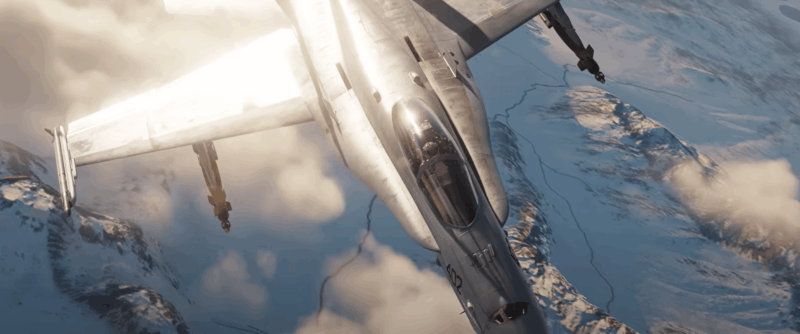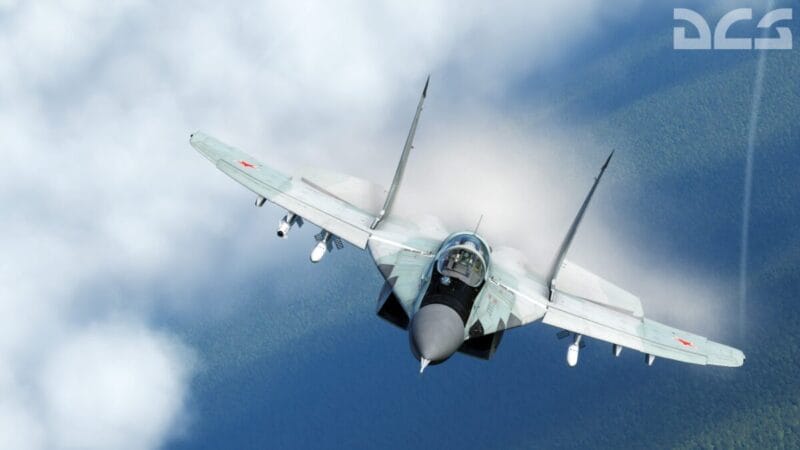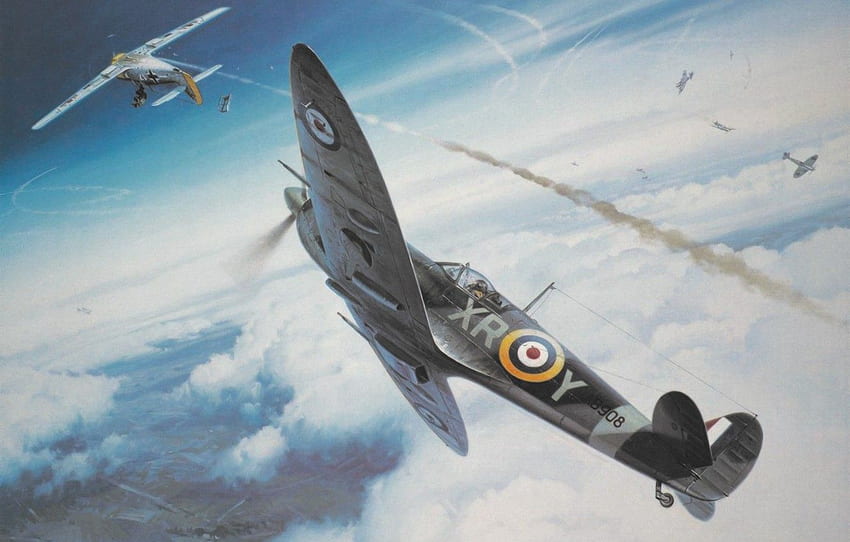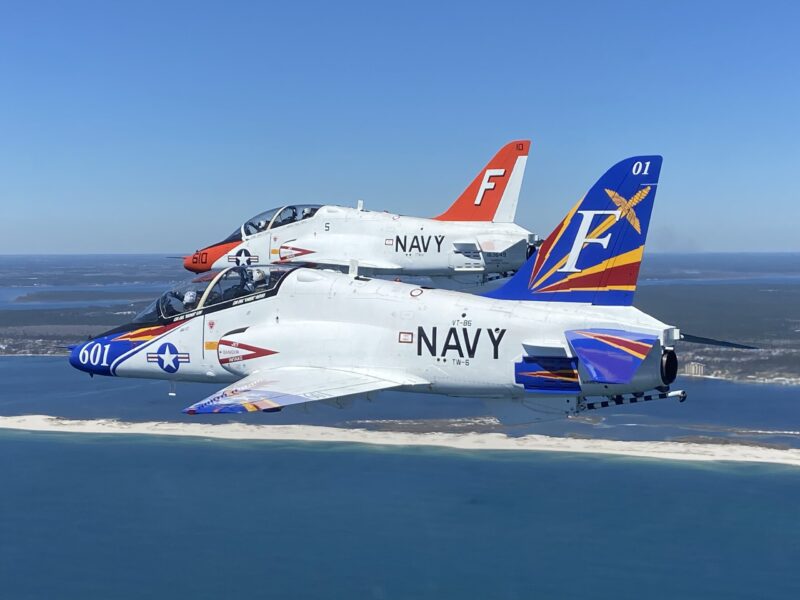Fighter Pilot Survival in Enemy Territory All ALONE – Killing the RED TEAM!
Exploring the mental agility you need as well as solid tactics to survive!

Fighter Pilot Survival is a matter of priority! Imagine a situation where as a DCS fighter pilot on a MULTIPLAYER server or even a very complex single player mission! You find yourself all alone and being hunted by endless Soviet built enemy fighters. I have to say I have been here before on the ENIGMS/HEATBLUR server. Let’s explore the mental agility you need as well as solid tactics to survive is the point.
Fighter Pilot Survival – The Scenario Intro
What makes scenarios like this so captivating in simulators like DCS World is the unforgiving realism they bring to the table. Every radar mode, missile characteristic, and flight performance aspect matters, and there’s no guarantee of victory even in a high-tech jet.
It’s a test of:
- Decision-making under pressure: When you’re juggling fuel, missiles, and threats at multiple ranges.
- Understanding your aircraft’s strengths and weaknesses: Whether it’s the Hornet’s agility, the Viper’s speed, or the Eagle’s raw power and radar range.
- Mastering tactics: Whether BVR, dogfighting, or disengaging, every decision needs precise execution.
This scenario is a fascinating thought experiment and an excellent opportunity to delve into fighter tactics, situational awareness, and the capabilities of modern jets like the F/A-18 Hornet, F-16 Viper, F-18C, F-5 Tiger III and F-15 Eagle. While it’s unlikely in reality for a single fighter to engage a mixed force of adversaries ranging from older Soviet designs to more modern ones, flight simulator enthusiasts can absolutely explore the challenge in environments like DCS World.
- Joystick / HOTAS – AMAZON.com
- Rudder Pedals – AMAZON.com
- Throttle Quadrant – AMAZON.com
- Gaming Chair – AMAZON.com
- VR Headset – AMAZON.com
Thinking Helmet On! How Do We Survive?
Here’s how a modern fighter pilot might approach the situation, assuming they have advanced avionics, electronic warfare (EW) systems, and a good loadout of air-to-air weapons. Its just as true in a WWII or Cold war setting when comes to simple tactics but obviously the advanced weapons may not be part of the picture in this alternative scenario.
1. Understand the Threat Environment – Modern
The first step is gaining situational awareness (SA). A pilot’s survival depends on understanding:
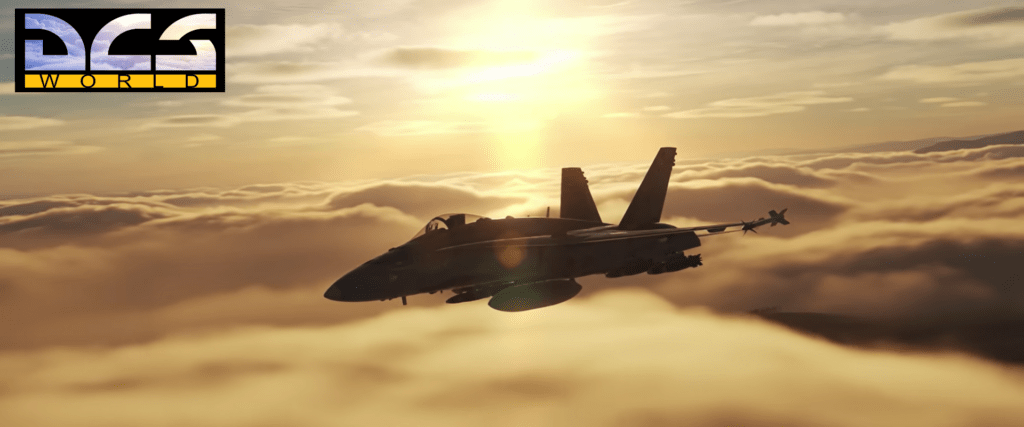
- The types of aircraft involved. Older Soviet aircraft (e.g., MiG-17s, MiG-21s) have limited sensors and missile capabilities, whereas modern ones (e.g., MiG-29s, Su-27s) may carry advanced missiles like the R-77.
- Enemy formations and positioning. Older jets may come in larger numbers but lack coordination compared to modern platforms.
- Engagement range and weaponry. Modern threats with Beyond Visual Range (BVR) missiles will be a priority, but proximity can make even a MiG-21 deadly.
Using your jet’s radar and datalink (if available) is critical to build a real-time picture of the battlespace.
Understanding Your Tools.
THe truth is situational awareness is what brings all pilots home but in these scenarios advanced electronics are not always at hand. The ground based radar can help you get a picture of the surrounding dangers as well as the radio chatter. The Mk1 eyeball is often the best defence with your head on a swivel constantly looking for enemy in the air. If they have seen you then they are going to head to a point of advantage before attacking. THis means they will hide in the sun, be high to gain an energy advantage as well as being where you least likely will see them, on your six o’clock!

2. Weapon and Loadout Considerations
Modern jets like the Hornet, Viper, and Eagle typically carry a mix of BVR and short-range missiles alongside their guns. A typical air superiority loadout might include:
- AMRAAMs (AIM-120) for BVR engagements.
- AIM-9X Sidewinders for close-range combat.
- Internal cannon for last-ditch dogfighting.
Prioritize Targets:
- Primary: Modern threats with long-range missiles (e.g., MiG-29, Su-27).
- Secondary: Aircraft closing the gap rapidly, including older jets if they’re in a position to employ weapons effectively.
- Tertiary: Other targets that don’t pose an immediate threat.
3. Tactical Game Plan
In this scenario, the Fighter Pilot Survival plan should follow a BVR-first approach with an emphasis on energy management and escape planning.
a. Engage from Beyond Visual Range

- Maximize the radar’s capabilities: Use High PRF (Pulse Repetition Frequency) modes to detect modern threats at long range.
- Launch AMRAAMs using TWS (Track-While-Scan) mode to maintain lock on multiple targets.
- Use STT (Single Target Track) for higher-probability kills against critical threats.
b. Use Terrain and Speed
- If possible, exploit terrain masking (e.g., mountains or hills) to break radar locks or hide from missile seekers.
- Use the jet’s afterburners judiciously to maintain speed and energy without becoming predictable or running out of fuel.
c. Maintain Defensive Posture
- Continuously assess missile warnings (RWR). React with defensive maneuvers, chaff, and flares.
- Avoid prolonged engagements where the pilot becomes energy-depleted or outnumbered in a turning fight.
d. Engage in Close Range Only When Necessary
- If forced into a dogfight, prioritize single-pass tactics:
- Use the vertical plane to exploit energy advantages against older fighters.
- For modern threats, execute aggressive missile or gun passes and immediately disengage to reset the fight.
- The F-15 and F/A-18 excel in slow-speed handling, but the Viper’s superior acceleration should be used to extend out of dangerous situations.

4. Divide and Conquer
Fighter Pilot Survival plan is to engaging multiple threats requires creating gaps in the enemy formation:
- Drag tactics: Force faster modern threats into overshooting while maintaining separation from slower aircraft.
- Missile spam: Fire multiple BVR missiles at different targets to break their coordination.
- Kill the leader: Target aircraft acting as “lead” in the formation to disrupt the adversaries’ effectiveness.
5. Exploit Superiority in Situational Awareness
Modern jets provide significant advantages in SA:

- Datalinks: If the pilot has access to a networked datalink (e.g., Link 16), they can see threats beyond their own radar’s scope.
- HMD (Helmet-Mounted Displays): Systems like the JHMCS (used in the Hornet and Viper) give an edge in dogfights by allowing pilots to lock targets with a glance.
- EW Systems: Use jammers or decoys to disrupt enemy radar and missile locks, especially from advanced threats like the Su-27.
6. Fighter Pilot Survival – Know When to Bug Out

A lone fighter is unlikely to survive prolonged combat against a numerically superior force. After neutralizing key threats or thinning the enemy ranks:
- Assess fuel and weapon status. Running low on either means it’s time to retreat.
- Use supersonic dash capability to escape.
- Call for reinforcements or vector towards friendlies if feasible.
More than anything remember the more time your mixing it BVR or BFM your giving an unseen enemy an opportunity to kill you while focussed on other target/targets.
Hypothetical Example
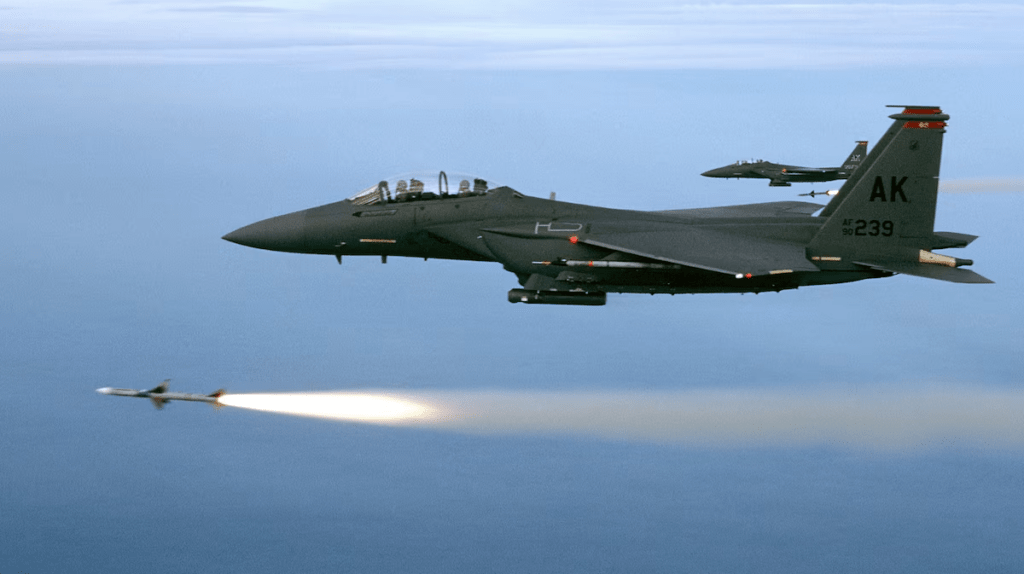
Scenario Breakdown
A single F-15C Eagle over hostile territory detects:
- 2x Su-27s (modern, high-threat BVR capable).
- 4x MiG-23s (mid-level threat, limited BVR).
- 6x MiG-21s (low threat, short-range weapons).
Tactics
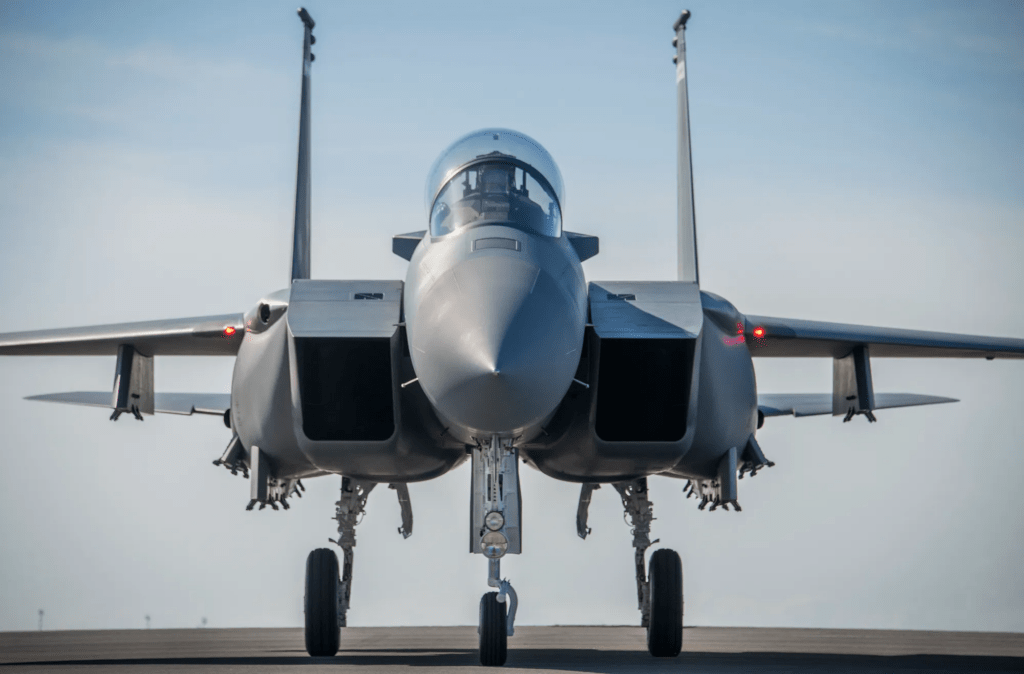
- Prioritize Su-27s: Engage them first with two AIM-120s each at maximum range.
- Break off from MiG-23s: Use terrain masking or high-speed climbs to extend and re-engage on more favorable terms.
- Outmaneuver MiG-21s: Exploit superior radar, missiles, and maneuverability to eliminate these threats last.
- Latest CPU’s Available Now – Amazon.com
- Get a NEW GPU Best Performance – AMAZON.com
- Upgrade RAM Here today – AMAZON.com
- Prebuilt PC Options – AMAZON.com
7. Lessons for DCS Pilots
In DCS World, these tactics translate into:
- Maximizing BVR kills. Practice using radar modes and AMRAAM shots effectively.
- Energy management. Always ensure you have enough speed to escape bad situations.
- Situational awareness. Learn to read the radar and RWR to prioritize threats properly.
- Efficient weapon usage. Avoid wasting missiles on low-value targets.
By focusing on SA, energy management, and prioritizing threats, a modern fighter pilot could theoretically survive and even succeed in such a challenging scenario, especially with the advanced features of jets like the Hornet, Viper, or Eagle in DCS.
The Complete Beginner’s Guide to DCS World
Welcome to the world of Digital Combat Simulator (DCS World), the ultimate flight combat simulation that brings the thrill of…
Comparing Real World Aviation Procedures to Flight Sim Techniques.
Flight simulators have grown into sophisticated training tools, bridging the gap between virtual flight and real-world aviation….
Mastering Dogfighting in DCS World and Falcon BMS: Max-Perform Your
This post covers essential techniques, cues, and parameters that new combat pilots need to dominate close-range dogfights in DCS World…

Full Guide: DCS Balkans Map + All Upcoming DCS World
Full Guide: DCS Balkans Map + All Upcoming DCS World Modules. Summary: Eagle Dynamics and OnReTech have officially announced DCS: Balkans,…
DCS World T-45 Goshawk Formation Flying for Beginners Tutorial .
Military Formation Flying in DCS: Your First Flight in the T-45 Goshawk. So, you’ve got your wings (virtually speaking), strapped into…
DCS WORLD T-45 Goshawk EASY Navigation for Beginners.
DCS WORLD T-45 Goshawk EASY Navigation for Beginners is simply that. We do our planning in the DCS World Editor…
How the U.S. Navy Trains Jet Pilots: A Complete T-45
Welcome to Letsflyvfr.com guide to T-45C Goshawk Training – How the U.S. Navy Trains Jet Pilots so you can train…
DCS WORLD – The MB-339 by IndiaFoxtEcho: A Complete Overview.
The MB-339 occupies a very particular niche in DCS World: it’s not a fighter, not a frontline attack jet, but…
How to Move DCS World to Another Drive – Tutorial.
Moving DCS World off your Windows drive is a great way to free up space especially with DCS now taking…
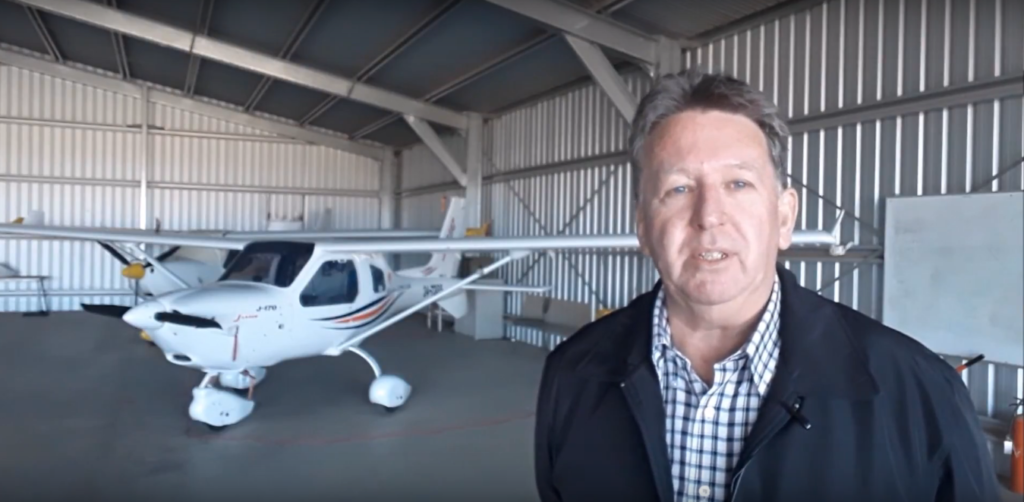
Author
Brendon McAliece (Aka Gunnie) is a military veteran with 23 years working on Jet Fighters, their weapons systems and ejection seat/module systems as well as munitions and R&D. Involved with flight simulation since the 1980s, he has flown all the major flight simulators over the years.
He is an Australian expat who has lived in Malaysia, UK, Saudi Arabia and more recently Thailand. He is a multilingual blogger who loves to share his life experiences here on LetsFlyVFR.com and DreamingGuitar.com, with his lifestyle and Travel experiences Blog plus his Dreaming Coffee website.
Learn More @ DreamingGuitar.com – DreamingCoffee.com – LetsFlyVFR.com
( HOME – BLOG – SHOP – ABOUT )
As an Amazon affiliate I may benefit from qualifying sales.
